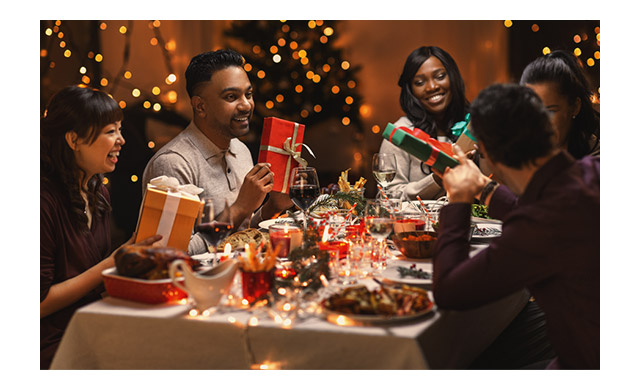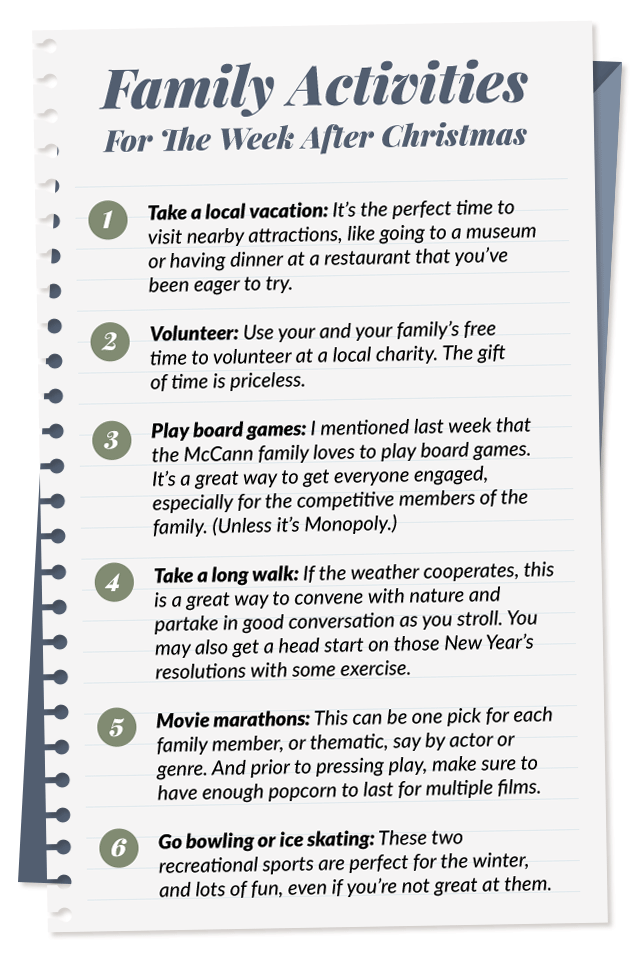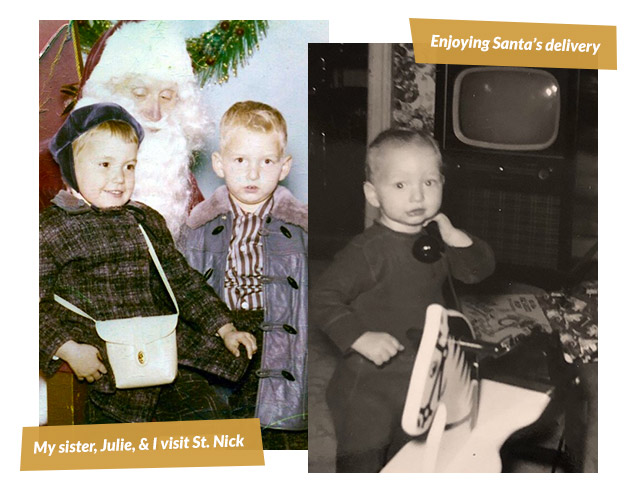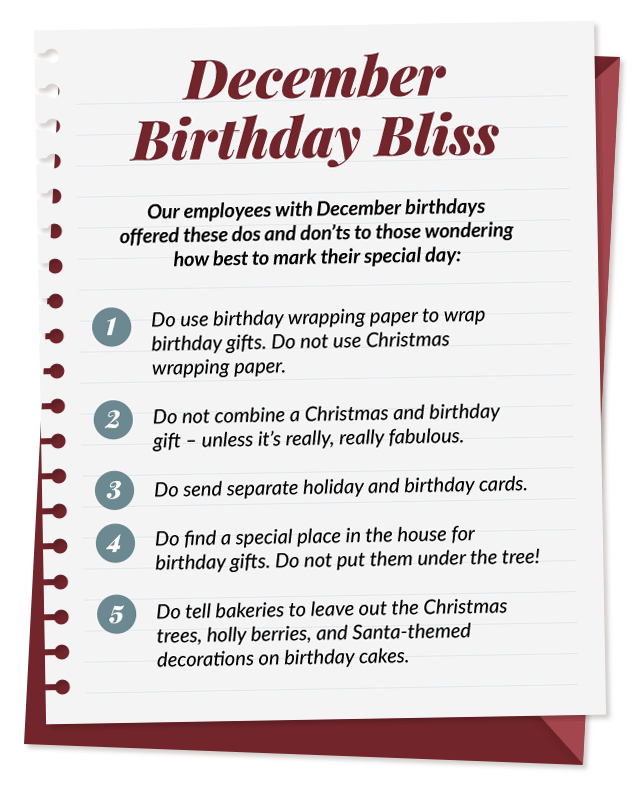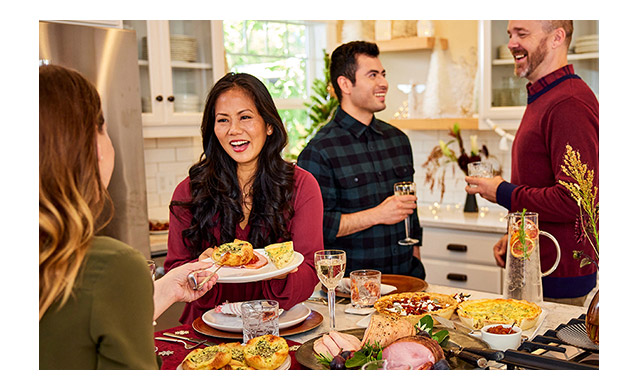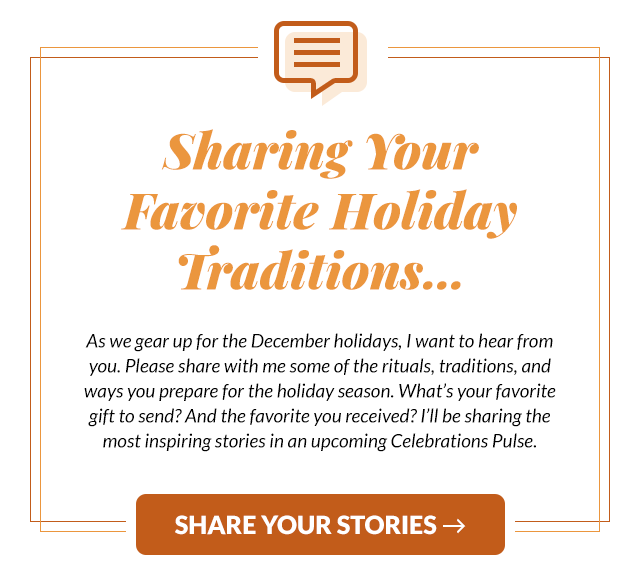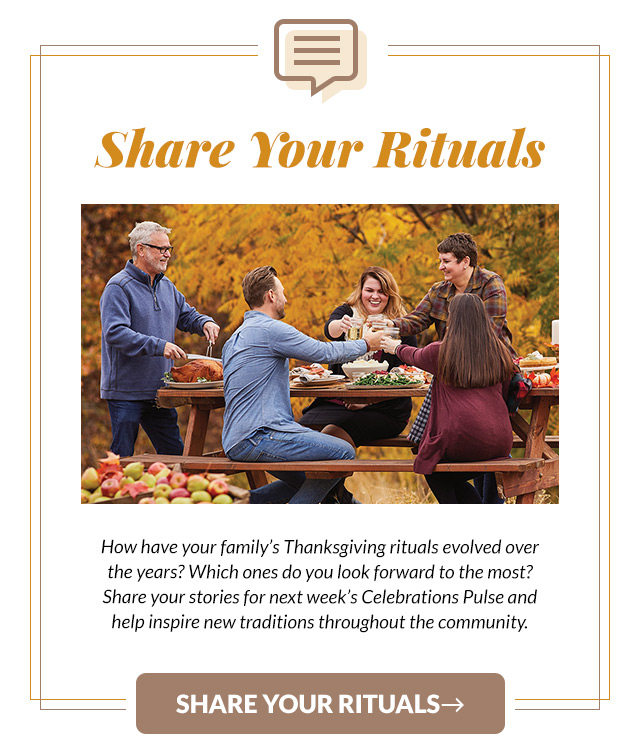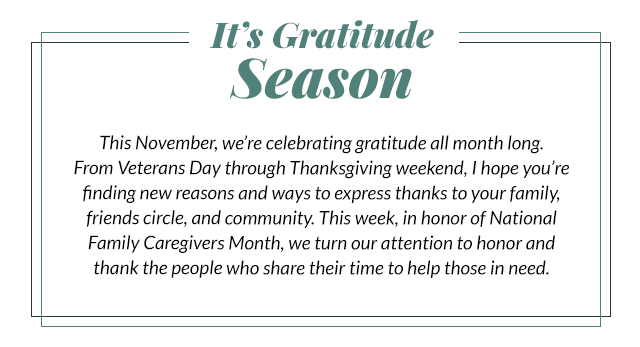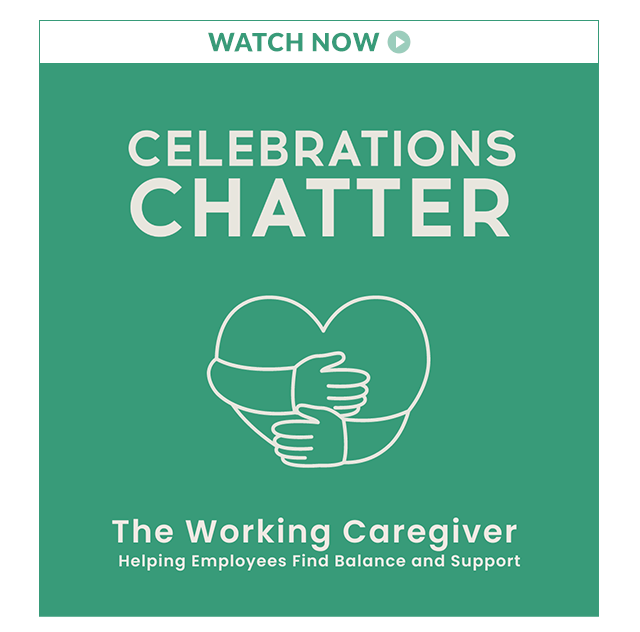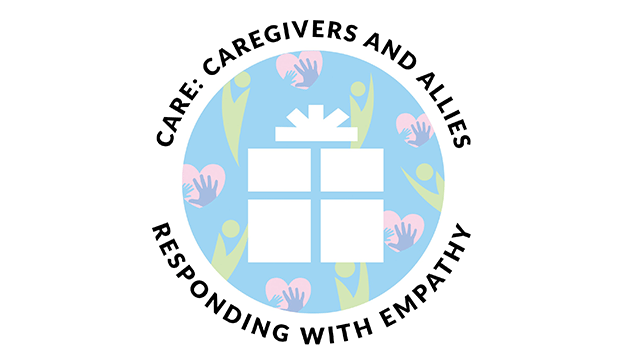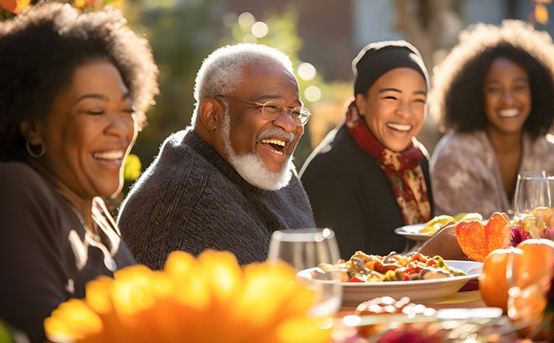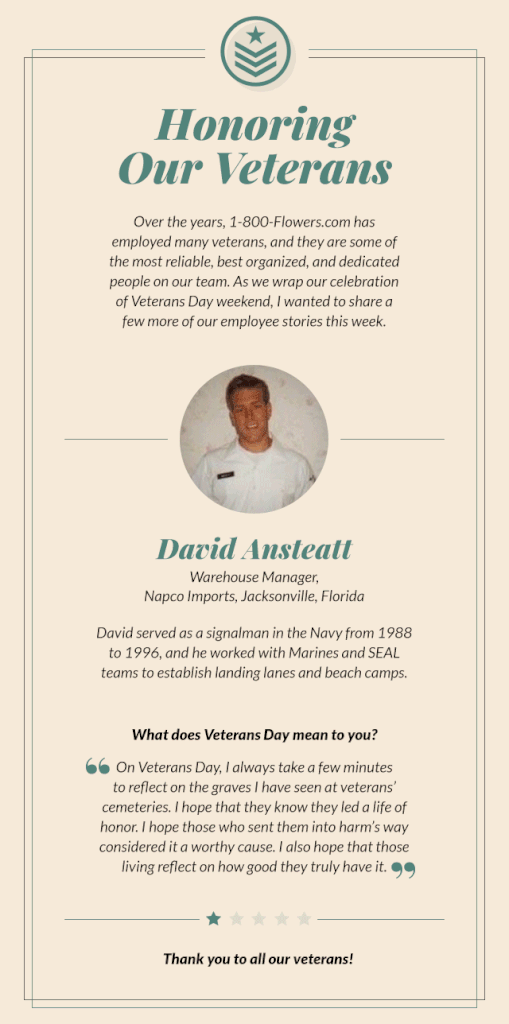Written by our Founder and CEO, the Celebrations Pulse letters aim to engage with our community. By welcoming your ideas and sharing your stories, we want to help you strengthen your relationships with the most important people in your life.
A week ago, many of us were singing “Auld Lang Syne,” sipping Champagne, and (hopefully) finalizing our resolutions to mark the arrival of 2024. We’re now almost a week into the new year – how are those resolutions coming along?
Sorry to say, but it’s a fact that most of you will not succeed with your resolutions, with as many as two-thirds of you abandoning your resolutions by the end of January. Research by a fitness company even pinpoints the day (Friday, Jan. 12) when motivation begins to decline, and broken resolutions accelerate.
The abandonment of New Year’s resolutions is unfortunate. Studies show that the goals, if achieved, would indeed make us healthier and happier. After all, the top three resolutions in 2024 are improving fitness, strengthening finances, and boosting mental health, according to a recent Forbes survey.

What can we do to improve the chances of success? Experts say it comes down to four steps: taking a thoughtful and strategic approach, setting realistic goals and priorities, building a strong support system, and tracking progress.
Rethinking resolutions
In the business world, we tackle large problems by breaking them down into smaller, more digestible pieces. When our team at Harry & David sets out to create a new gift basket, it’s done by taking a lot of smaller steps like analyzing customer demand, product availability, and shipping costs – all factors that lead to the ultimate goal of developing a new product.
Personal resolutions are no different. It’s OK to set a grand end-state vision like losing 100 pounds or saving enough money to retire. But you’re not going to get there unless you take the smaller steps first, says Alexa Darrow, an Oregon-based life and mindset coach.
I feel that we often put too much pressure on ourselves with New Year’s resolutions. We seem to have a need to set unrealistic goals for ourselves, and then when we get to a place when we haven’t met these goals, we feel guilty about it.
Adjusting your resolutions isn’t admitting defeat. If you’re on the verge of giving up on your resolutions, step back and look at how you framed it. Perhaps it’s too broad, like promising yourself to visit the gym at 5 a.m. and every day. Consider adjusting it to something more realistic, like going to the gym at least once a week at any hour. Once you’re in the habit, you can add days and set earlier hours.
Alexa says that over the past few years – a period during which there has been much societal upheaval – she has changed her mindset about setting goals for both herself and her clients. “Instead of looking at goals as things I want to achieve, I look at them as things I want to manifest,” she says.
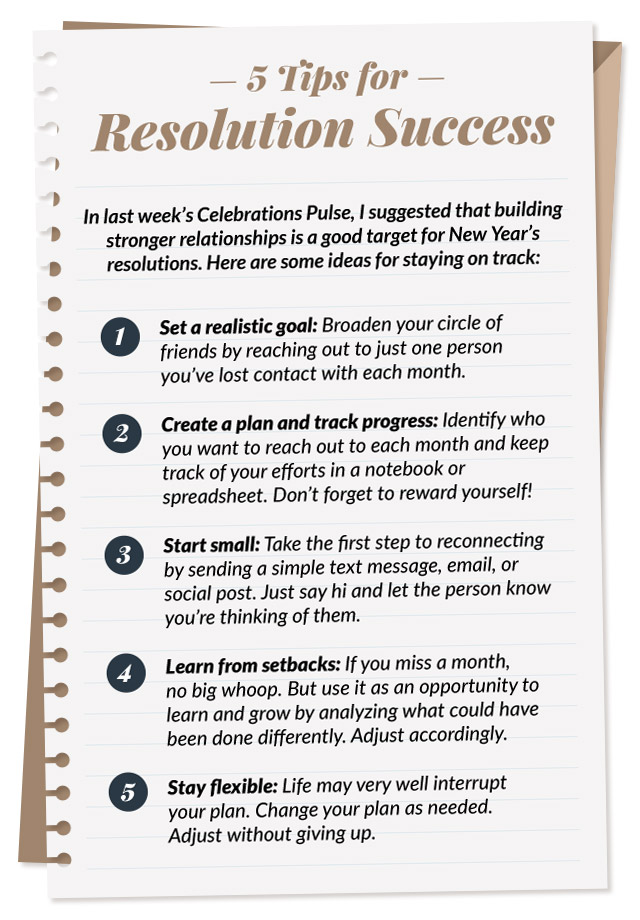
Results will take time
Our culture’s reliance on instant gratification also plays into the pressure we put on ourselves regarding resolution setting. But bigger goals take time: We need to have patience and acknowledge that success might take two or more years. In the meantime, measure success by how much progress you’ve made rather than achieving the goal itself.
What happens if you occasionally fall short? A bad day doesn’t have to set you off course and is no reason to lose confidence. You always have the power to get yourself back on track.
All the best,
Jim






